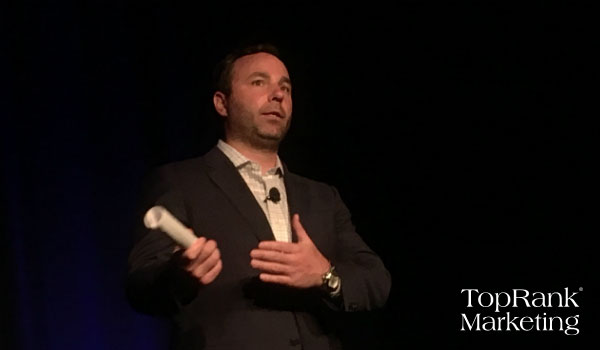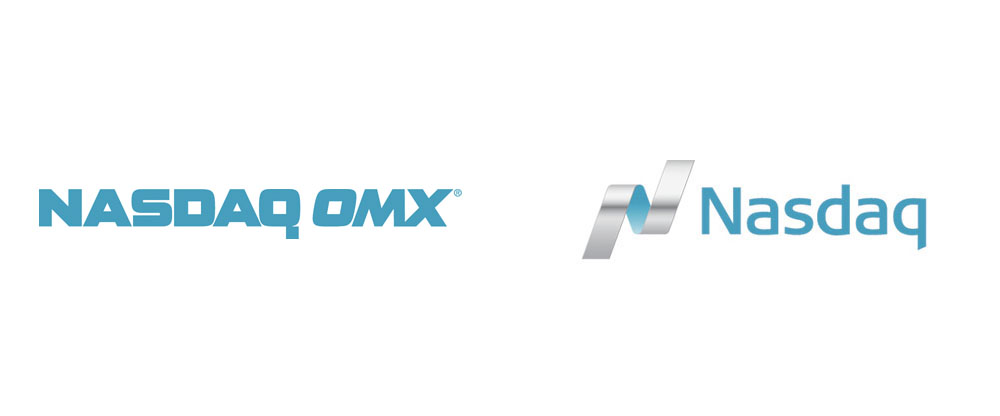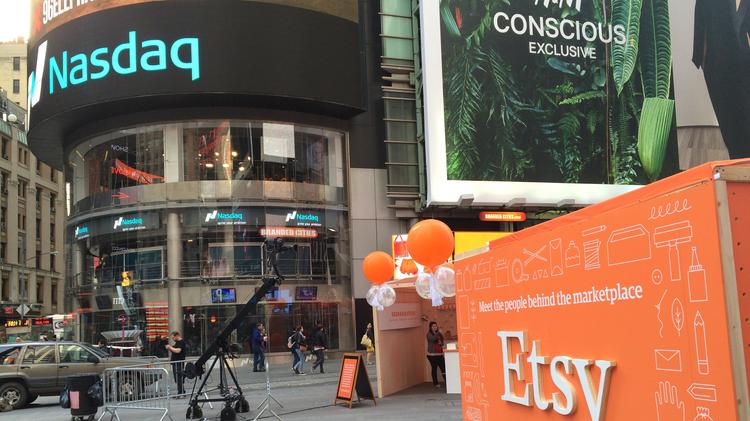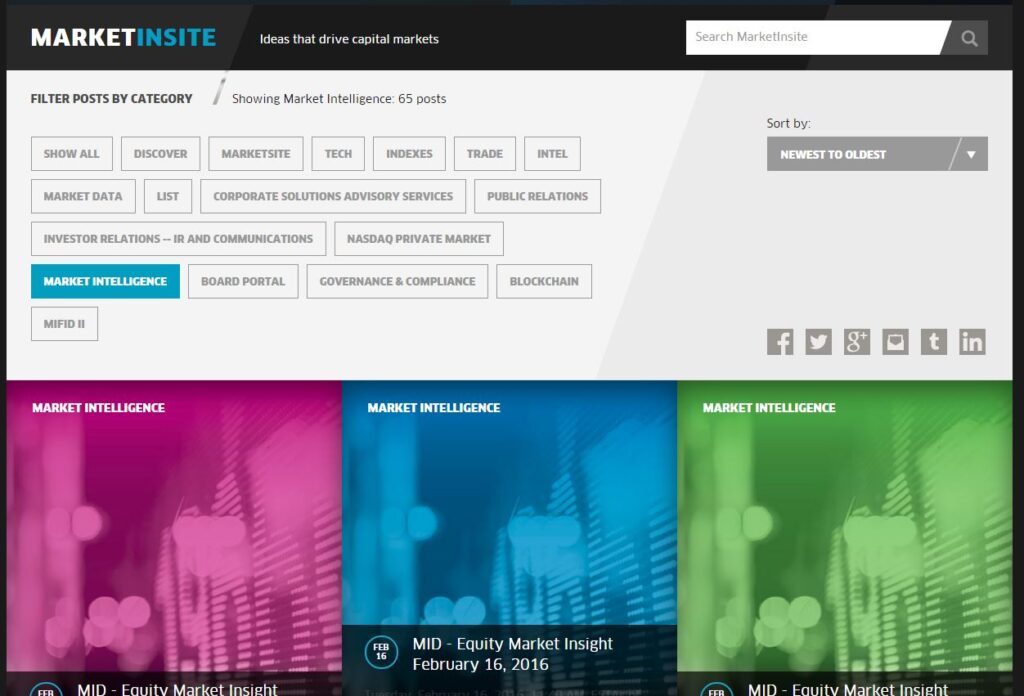
The financial sector is littered with marketing strategy failures. Don’t count Nasdaq them. First-time Content2Conversion speaker Jeremy Skule delivered a keynote that explored how Nasdaq used a combination of branding and content marketing to unlock an amazing marketing strategy (and results) for the brand. How did they do it? A well-timed one-two punch of brand overhaul and content marketing.
Below, I outline the secret sauce that made this amazing tale of B2B content marketing possible.
1. Using Vision, Voice & Visibility To Pivot the Brand
Just two years ago, Nasdaq was known primarily as a premium stock exchange listing brand. From a marketing perspective, the trouble was that less than 10% of company revenue came from their listing services. Nasdaq offered technology solutions, market performance tracking, market intelligence among many other services (which made up the other 90% of revenue).
Jeremy Skule knew they could do better. He re-aligned the company’s marketing efforts, by putting the following content marketing pillars in place.
- Vision: As Jeremy explained, it doesn’t matter if you’re a 1-person shop, or a 100-person team. You have to develop a vision for where your organization is going, and exactly how your content marketing fits into that broader vision.
- Voice: Tone-of-voice is crucial to content marketing (and social media) success. Understanding the language your customers use, cadence, level of humor, among many other factors is essential to an effective content marketing brand strategy.
- Visibility: This is all about delivering the right message, at the right time, in the right place. Running some qualitative research around where your audience exists can help immensely. There’s plenty of free data floating around on the Internet about which channels customers prefer. Read it! Or, start with a Twitter poll. Or if you have to, conduct your own research.

Old versus new Nasdaq logo
2. Igniting Internal Adoption
Before developing any external content marketing programs, Jeremy knew he had to get employees on board. As Jeremy explained, “Positioning ourselves for growth that fit with company culture was crucial to success.” Furthermore, he understood that developing an internal advocacy program across thousands of employees could have just as much amplification potential as any old-school advertising.
It was a smart move. According to a recent employee advocacy study from Kredible, employee advocacy programs involving 1,000+ employees can generate $1,900,000 in advertising value. And the cultural payoff is even bigger. If you’re looking to build your brand around employees, here’s how Nasdaq did it:
- They took the pulse of employee sentiment at town halls and internal meetings
- They surveyed clients to mine for employee strengths & weaknesses
- They socialized the process with leadership
- They developed a Nasdaq “brand journey”
- They recruited employees to be featured in content (including the following video)
3. Thinking Big with Content Marketing
The next step in the process was to ignite their content marketing effectiveness. As a company with more than 3 billion in revenue, Nasdaq had no shortage of great minds producing outstanding content. The problem was, they had no central repository. So, they created a content hub. Nasdaq MarketInsite provided a stomping ground for their core content producers. Here’s how they ensured their content hub was a success:
- They started with an internal cultural vision
- They amplified that vision across their brand and content marketing
- They recognized they couldn’t fix everything (at least, not quickly)
- They reigned in social opportunities
- They re-shaped the content experience
- They embraced data visualization
View Nasdaq MarketInsite
Simply put, the content marketing team began to innovate. They began doing things no other exchange or financial services provider had ever done. They offered the world the first livestream of a market bell ceremony. They engaged directly with customers via Twitter. They amplified the brand with a Times Square takeover. They partnered with Elon Musk, Etsy and others. Out of these events they developed loads of real-time and ongoing content.

Nasdaq & Etsy Times Square Takeover
The Results?
- 325% growth in social following
- 10 million in revenue directly from MarketInsite
- 30 million in the pipeline directly from MarketInsite
- Significantly broadened their social reach and target awareness
- Content Hub increased overall site traffic, ranking as top visited page
In conclusion, the Nasdaq case study forces us to rethink the relationship between brand and content marketing. Where does one end and the other begin?



